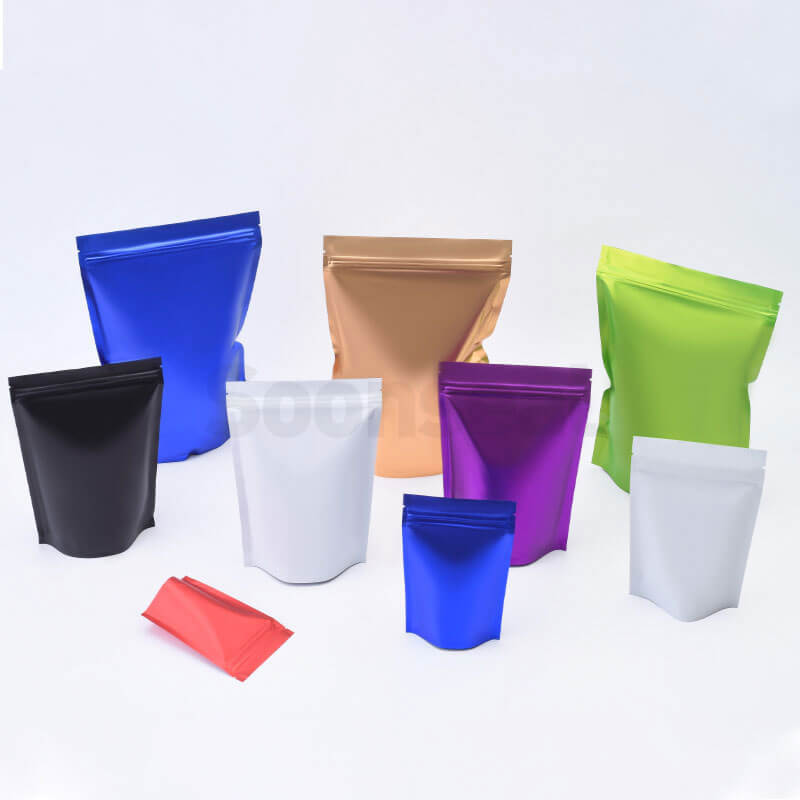Copyright 2021 Foshan Land Packaging Machinery Co.,Ltd All rights reserved. Site Map Friendly Link: More LandPack Products Doypack Packaging Machine
- Home
-
Packing & Filling Machine
- Premade Pouch Doypack Machine
- Sachet/Stick Pack Machine
- Vertical Form Fill Seal Machine(VFFS)
- Tube Filling And Sealing Machine
-
Granular Packing Machine
- Granule Packing Machine
- Chips Packing Machine
- Snacks Packing Machine
- Dried Fruits Packing Machine
- Sugar/Salt Packing Machine
- Grain Packing Machine
- Candy Packing Machine
- Seeds Packing Machine
- Popcorn Packing Machine
- Nuts/ Cashew/ Beans Packing Machine
- Frozen Food Packaging Machine
- Dry Food Packing Machine
- Fastener Packing Machine
- Pet Food Packing Machine
- Cannabis Packaging Machine
- Jerky Packaging Machine
- Silica Gel Packing Machine
- Fertilizer Packing Machine
-
Liquid Packing Machine
- Liquid Packaging Machine
- Ketchup Packing Machine
- Sauce/ Jam Filling Machine
- Paste Packing Machine
- Shampoo Filling Machine
- Hand Sanitizer Filling Machine
- Popsicle Packing Machine
- Mayonnaise Packing Machine
- Engine Oil Filling Machine
- Cosmetic Creams & Lotions Filling Machine
- Olive Oil Filling Machine
- Detergent Packing Machine
- Syrup Filling Machine
- Juice Packing Machine
- Honey Packing Machine
- Pickle Packing Machine
- Ghee Packing Machine
- Alcohol Liquor Filling Machine
- Peanut Butter Filling Machine
- Chemical Filling Machine
- Garlic Filling Machine
- Powder Packing Machine
- Flow Pack Machine
- Pharma Packaging Machine
- Coffee Packaging Machine
- Supporting Equipment
- Filling and Packing Line
- Applications
- About Us
- News
- Contact








